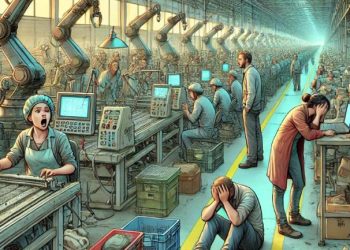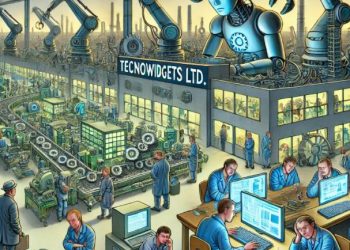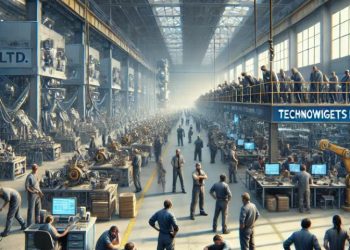Unit 1.4 Stakeholders
Stakeholder conflict
TechnoWidgets Ltd
TechnoWidgets Ltd., a large private limited company, produces widgets essential for many industries. With a rapid surge in demand, the company has opted to upgrade its production systems by introducing advanced technology, aiming to boost efficiency and cut costs. This decision aligns with their traditional shareholder model, which prioritizes short-term profits to satisfy shareholder expectations. However, in pursuit of these profits, TechnoWidgets Ltd. has resorted to firing a portion of its workforce and cutting costs that were once allocated to ensuring comfortable working conditions for its remaining employees. This has caused increased stress and dissatisfaction among staff, leading to reduced morale and productivity. At the same time, management are demanding more work and greater commitment from staff!
This reduction in moral can be seen through increased absenteeism, greater sickness, reduced engagement of the workforce and lower productivity of staff in general who give off the vibe that they don’t wish to be there!
The media has recently exposed the company’s poor working conditions, low pay, and environmental pollution, triggering criticism from various stakeholder groups, including employees, local communities, and environmental organizations. TechnoWidgets’ focus on maximizing shareholder returns (profit and dividends) has created significant tension between management and these stakeholder groups. Simultaneously, inflation is rising in the economy, essentially reducing workers disposable income!
At the heart of the company’s internal discussions is a debate between two key managers. Emma, the Operations Manager, who argues for shifting toward a stakeholder model, while John, the Finance Director, is resistant.
Emma: “John, we can’t keep focusing solely on shareholders. Our reputation is in the gutter, and if we keep neglecting our workers and the environment, it’ll only get worse. Shifting to a stakeholder model could reduce turnover, improve productivity, and attract positive attention. We need long-term sustainability, not just quick wins.”
John: “I get your point, Emma, but the shareholders won’t wait for long-term benefits. They want results now, especially with the demand surge. We’ve already invested heavily in new tech; profits are stretched thin. If we change direction now, it might delay our returns, and that’s unacceptable to the board.”
This disagreement reflects the growing tension within TechnoWidgets as they decide whether to continue chasing short-term profits or shift toward a stakeholder-focused strategy that considers the long-term impact on employees, the community, and the environment. The outcome of this decision will have significant implications for the company’s future.
Managers who wish to pursue a stakeholder model are worried about negative media attention and terrified from environmental pressure groups who may work against them! They are also convinced that having an older, outdated model (shareholder model) may cause investors to look beyond their company in the future, which may affect their brand and the perception of the company overall!

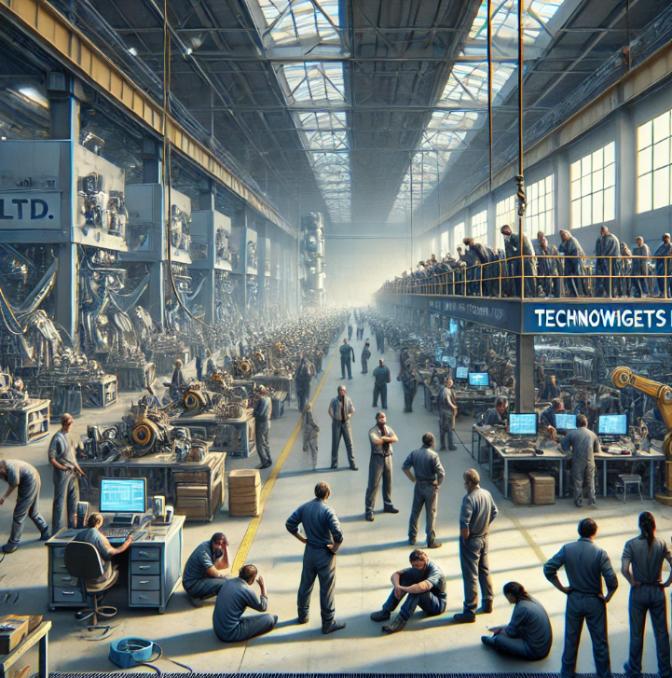
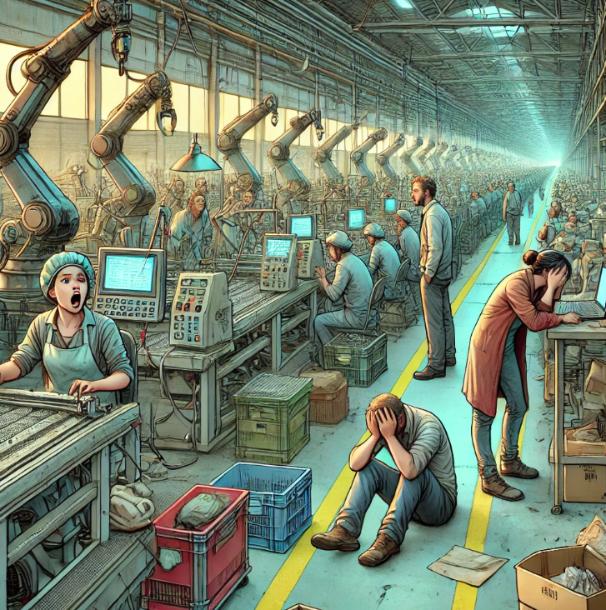
TECHNOWIDGETS LTD QUESTIONS
- List the stakeholders involved in the case
- Prioritize them based on their influence on the company.
- Define the term, pressure group
- Does TechnoWidgets Ltd. currently follow a shareholder model or a stakeholder model? Explain two reasons to justify your choice
- How might the company’s shift toward a stakeholder model affect its operations in the short to medium term?
- Propose a solution that could help TechnoWidgets Ltd. manage one of the conflicts while maintaining business growth.
- Analyze the perspectives of Emma and John. Whose approach do you believe is more beneficial for the company’s future and why?
